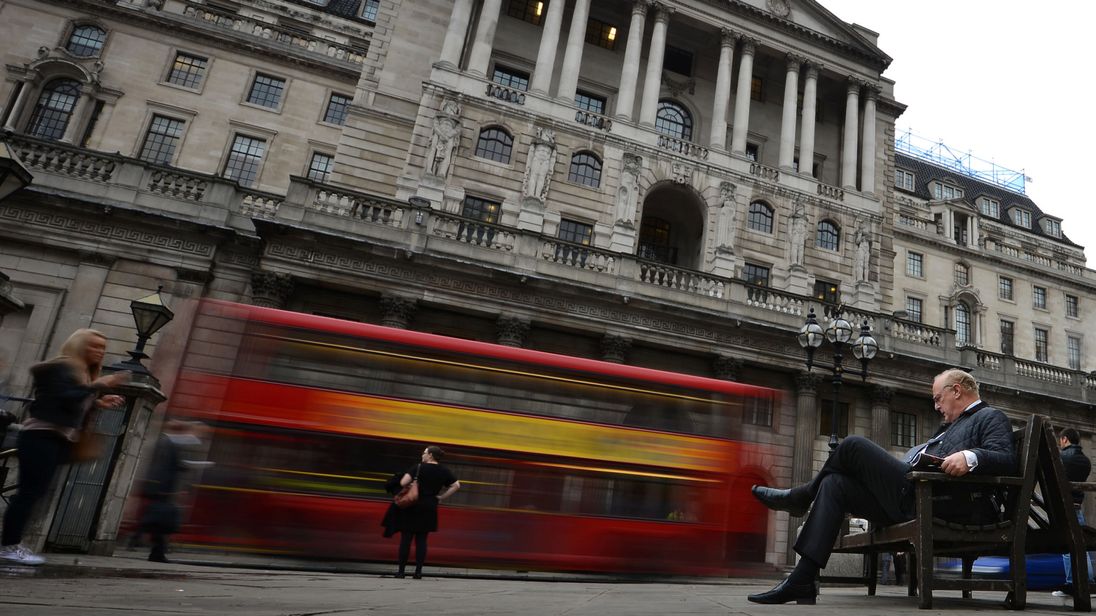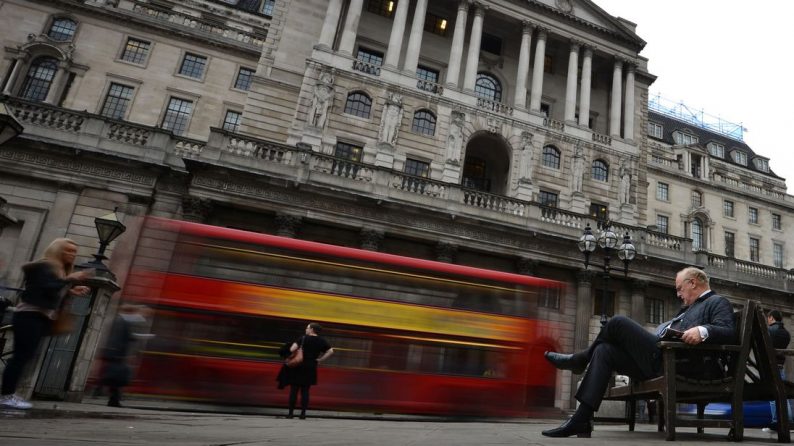In what had been a long-foreshadowed move, the Bank of England took the first tiny step towards normalizing monetary policy on Thursday by making a 0.25% increase in its base lending rate. The move takes UK interest rates back up to 0.5% where they had stood since March 2009 until August 2016 and the wake of the Brexit referendum when they were reduced to stimulate the UK economy and bolster confidence in the wake of the vote.

The justification for the increase was that UK inflation needed to be reined-in as it was running at 3% and was outstripping wage inflation, meaning that consumers were feeling a pinch in their disposable incomes. Hawkish members of the Monetary Policy Committee had been opposed to an earlier increase since they feared that it might “cool” the already tepid UK economy, but after a few false dawns, it was evident that this time the Bank of England would act.
In principle, an increase in interest rates should have two effects: (i) a reduction in inflationary pressure due to the increased cost of borrowing which should slow inflationary increases in the short-term and reduce inflation over a longer period; (ii) boost the value of Sterling on Forex markets since holding the currency becomes more attractive since interest paid on Sterling deposits increases.
In the current circumstances, the value of Sterling has actually fallen back against the US Dollar since the increase was announced. On the day before the decision, the Pound was trading at $1.3302 and is currently trading at $1.3145. This less than impressive performance is due to the fact that markets had priced in the increase over the past few weeks (in late August, the rate was $1.2823) and that the Bank of England has stressed that future rises will be modest and will probably be restricted to two hikes over the next three years (in contrast, the Fed is expected to increase rates by the end of 2017 taking its interest rate up to 1.5%). This means that the component of price deflation due to decreased import prices is going to have only a marginal effect on UK inflation. Therefore, the Bank of England is hoping that marginally more expensive borrowing to UK consumers through a mortgage, credit card and personal loan interest rates will exert a downward pressure on prices. However, the UK retail industry has already seen a major downturn in consumer spending in recent weeks which has been attributed to uncertainty over Brexit and tightening due to the squeeze between price and wage inflation.













Leave A Comment